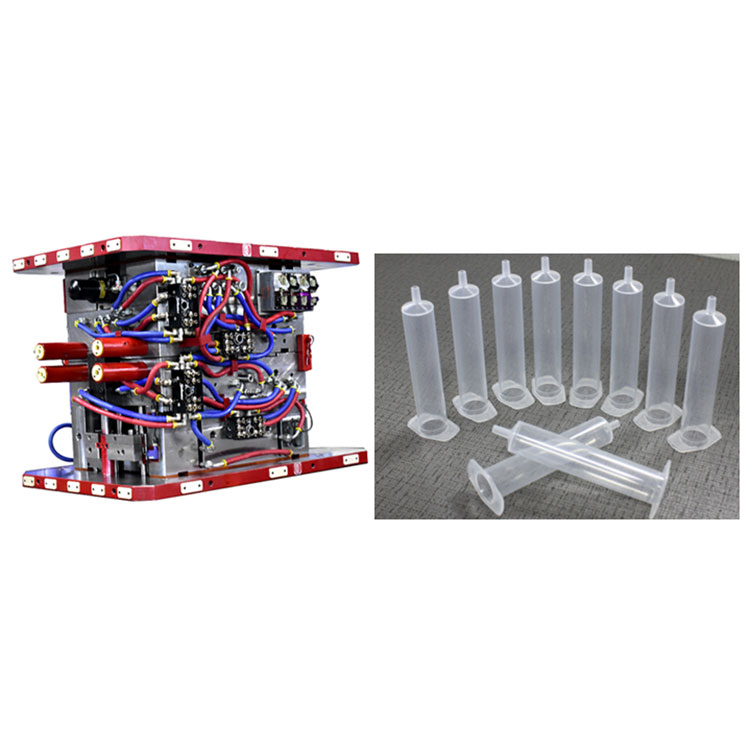Plastic Injection Mold Surface strengthening method
2023-10-18
The service life of Plastic Injection Mold can be increased several times or even dozens of times by using different surface strengthening processing processes. In recent years, there have been some surface strengthening processes. This paper focuses on four aspects for peer reference.
1. Ion nitriding can be used in order to improve the corrosion resistance, wear resistance, thermal fatigue resistance and adhesion resistance of Plastic Injection Mold. The outstanding advantage of ion nitriding is that it shorens the nitriding time significantly, controls the structure of the nitriding layer through different gas components, reduces the surface brittleness of the nitriding layer, has small deformation, the hardness distribution curve of the nitriding layer is stable, and is not easy to produce spalling and thermal fatigue. Permeable matrix material than gas nitride wide, non-toxic, will not explode, production safety, but for the shape of complex Plastic Injection Mold, it is difficult to obtain uniform heating and uniform infiltration layer, and the infiltration layer is shallow, the transition layer is steeper, temperature measurement and temperature uniformity still need to be solved. The optimum nitriding temperature is 450~520℃. After 6~9h treatment, the nitriding layer depth is about 0.2~0.3mm. The temperature is too low, the infiltration layer is too thin; If the temperature is too high, the surface layer is easy to appear loose layer, reducing the ability of anti - adhesive mold. The thickness of ion nitriding layer should be 0.2~0.3mm. The worn ion nitriding Mold can be put into use after repair and ion nitriding again, so as to greatly improve the total service life of Plastic Injection Mold.
2. Nitrogen carburizing, nitrogen carburizing process temperature is low (560~570℃), small deformation, after treatment of Plastic Injection The surface hardness of Mold steel is as high as 900~1000HV. It has good wear resistance, strong corrosion resistance and high temperature hardness. It can be used for die casting die, cold upsetting die, cold extrusion die, hot extrusion die, high-speed forging die and plastic die, which can improve the service life of 1~9 times, respectively. However, gas nitrogen carburizing often deforms, and the expansion amount accounts for about 25% of the compound thickness, so it is not suitable for precision Plastic Injection Mold. Annealing and residual elimination are required before treatment. For example :Cr12MoV steel leaf spring hole punching die, after gas nitrogen carburizing and salt bath vanadium treatment, can make Plastic Injection Mold life increased by 3 times. Another example :60Si2 steel refrigeration upsetting screw punch, the use of pre-nitriding, short-term carbonitriding, direct oil quenching, low temperature quenching. Fire and high temperature tempering process can improve the toughness of the heart and increase the life of cold heading punch by more than 2 times.
3. Carbon, nitrogen and boron ternary co-permeation, ternary co-permeation can be carried out in the nitride furnace, the permeation agent is boron-containing organic permeation agent and ammonia, the ratio is 1∶7, the co-permeation temperature is 600℃, the co-permeation time is 4h, the compound layer thickness of 3~4μm, the diffusion layer depth of 0.23mm, the surface hardness of HV011050. The life of Plastic Injection Mold after co-permeation treatment is significantly improved.



